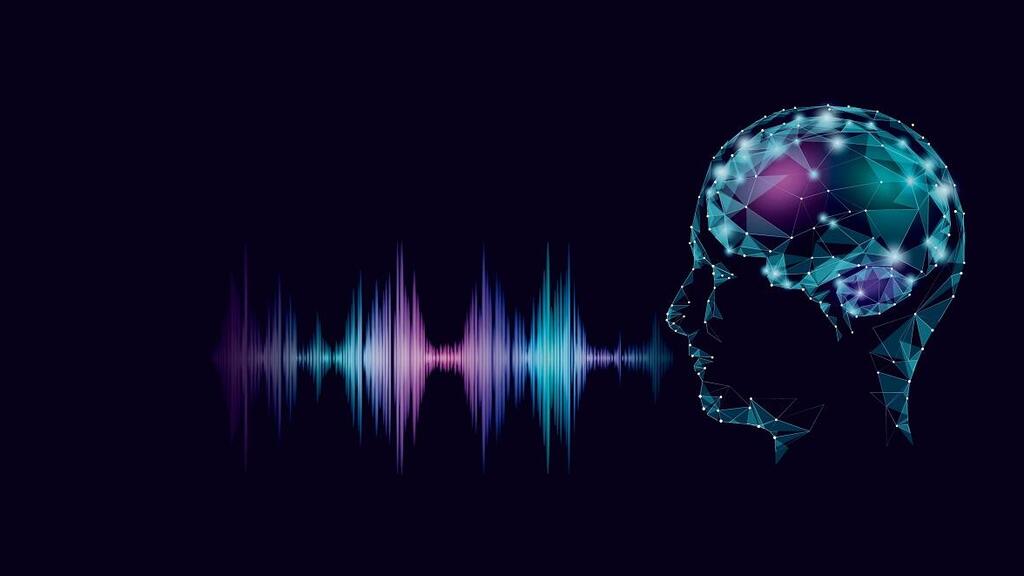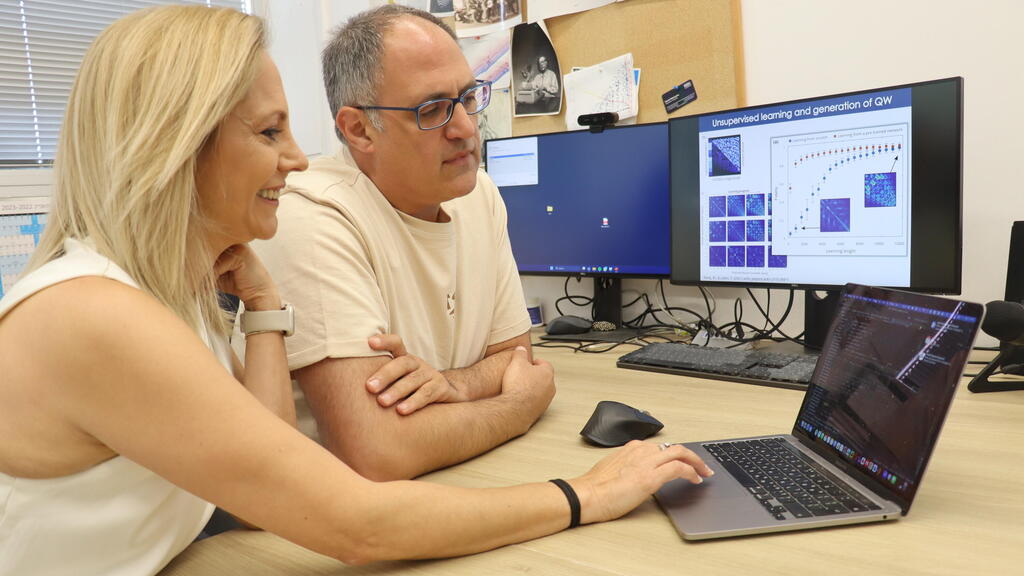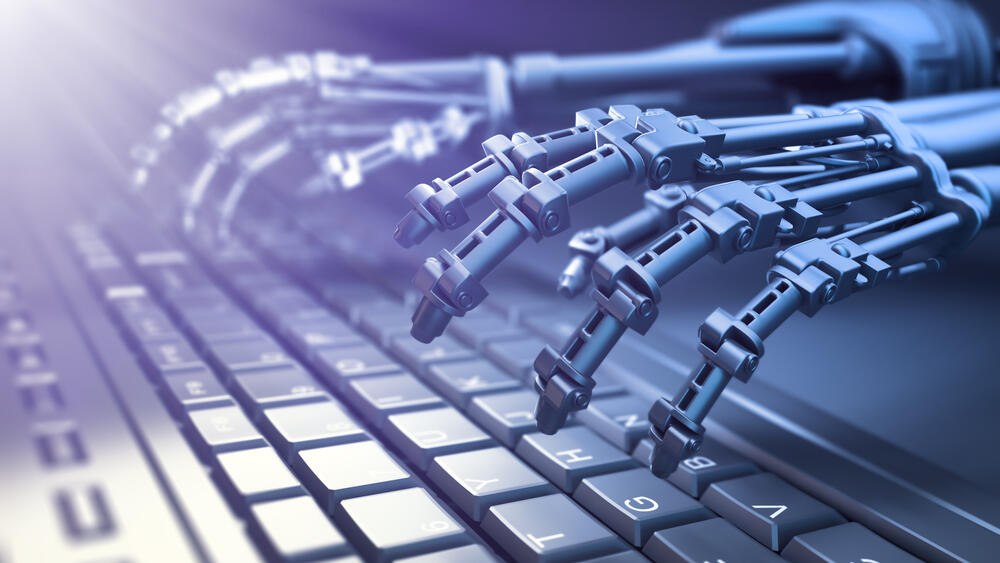Researchers from Tel Aviv University have succeeded in teaching an artificial intelligence (AI) model to find and analyze quantum physical dynamics.
More Stories:
In the study, researchers examined the AI's ability to learn the laws of physics solely from examples, without any guidance.
Researchers trained a generative algorithm named styleGAN using a graph array of quantum physics problems and their solutions. They discovered that after learning, the algorithm was capable of "inventing" new problems that weren’t included in the training set, along with their correct solutions.
In basic terms, the algorithm learned to mimic physical systems and generate new systems that contained the correct physics and did so on its own without prior assistance from the research team.
The study was led by Ph.D. student Miri Kenig under the guidance of Dr. Yoav Lahini from Tel Aviv University’s School of Physics and Astronomy.
In their research, they identified new directions in the field that can be developed thanks to the intersection between artificial intelligence, particularly generative models, and physics. The study was published in the journal Physical Review A.
Dr. Lahini explained that the main tool used by the researchers is called styleGAN (Generative Adversarial Network), an algorithm recently developed which is based on competition between two deep learning networks.
After learning from a large amount of data that mostly include images, the algorithm learns to generate new images that weren’t included in its training but seem to be authentic to human observers, just like the original images.
An example of this is training an algorithm with a dataset of real human faces, enabling it to generate new images of people who don’t truly exist, but seem real enough for people to believe they do.
Kenig added that in their research, they adapted the GAN algorithm to quantum physics: "We decided to initially explore a system of two quantum particles moving in a sort of arena with different obstacles each time. This is a general problem that naturally arises in quantum physics, from the motion of electrons in a conductor to the operation of a quantum computer.”
“The structure of the arena defines the physical 'problem,' where each problem is characterized by a different random arrangement of obstacles in the arena. The 'solution' to each problem is represented by a wave function, or the quantum interference pattern of the two particles in the arena,” she explained.
“This wave function contains quantum correlations: due to the laws of quantum interference, the probability of finding one particle in a particular location depends on the probability of finding the other particle in a different location. In our research, we trained the algorithm using a set of images that represent a graphical representation of the quantum 'problem' and its corresponding 'solution,’” she said.
“After teaching the AI, we found that the algorithm could generate new images containing new problems that weren’t included in its training, along with their correct physical solutions, meaning the algorithm learned how to implement the laws of quantum physics correctly."
The point that particularly interested the researchers was the ability of the trained GAN network to develop an internal "representation" of the problem and their solution, through which the algorithm succeeds in generating new problems and solutions.
This ability allows for editing images in a way that preserves the image's authenticity during its generation. For example, it enables changing a person’s age in a picture while keeping their resemblance.
The researchers discovered that in the world of quantum physics, these abilities enable the AI to automatically discover physical parameters and their alignment in the new problems generated by the algorithm.
"Our results demonstrate the great potential in the interaction between artificial intelligence and physics. We believe the next step is to present the algorithm with problems for which the solution is unknown and see if we can use it to uncover the underlying physical principles we have in the problem,” Dr. Lahini added.




